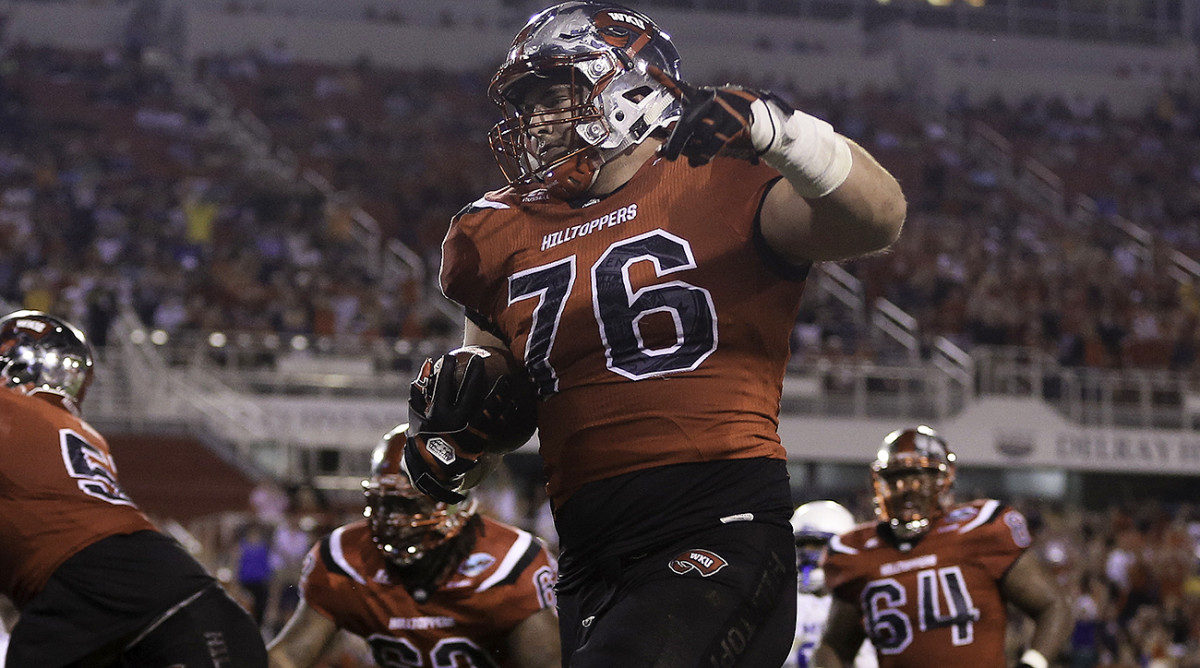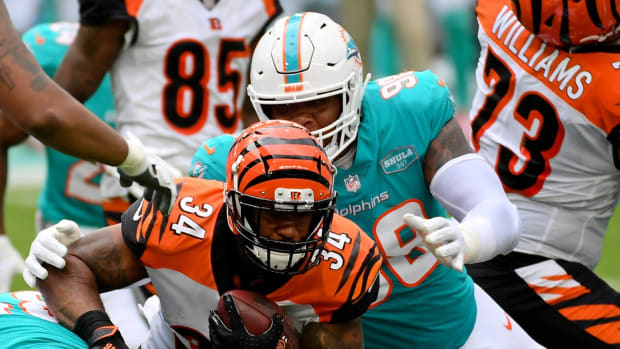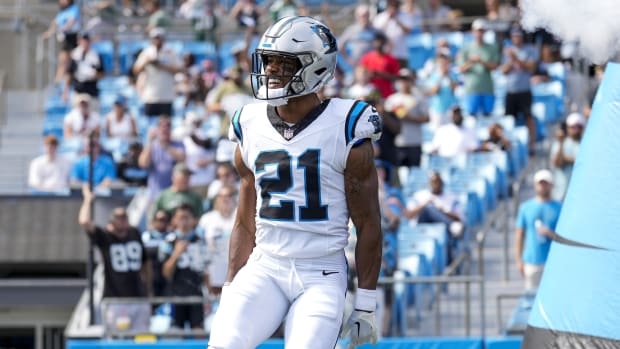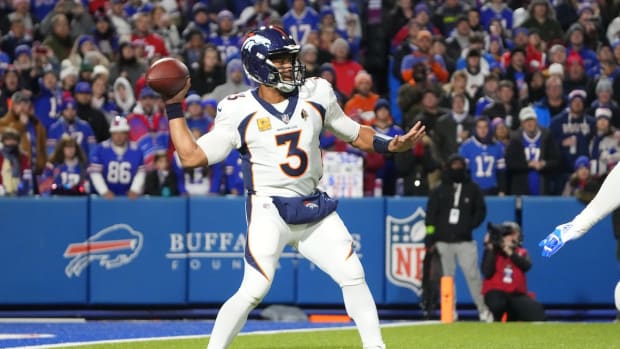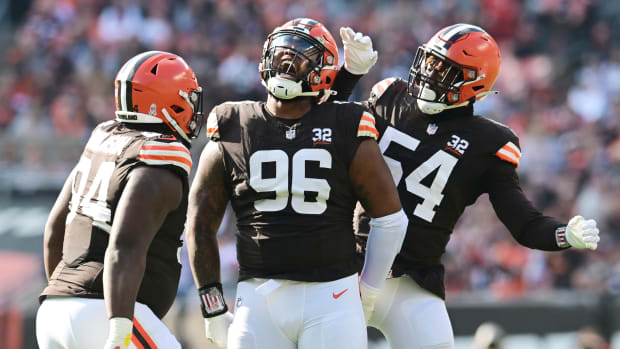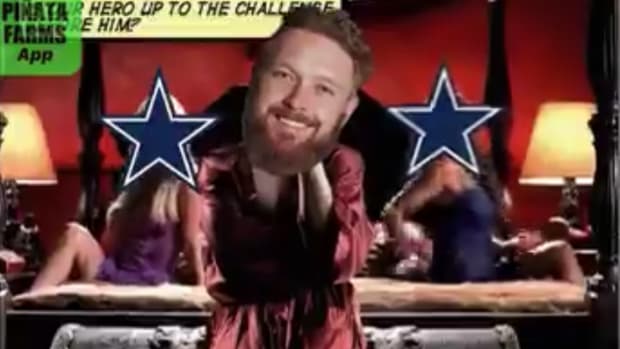2017 NFL draft prospect countdown, No. 28: Forrest Lamp, OL, Western Kentucky
What you need to know: After a redshirt season in 2012, Lamp played—and started—in all but two games for Western Kentucky over the next four years. His streak of 42 consecutive starts came to an end this past season, when he missed back-to-back games against Vanderbilt and Houston Baptist, but he would return to the lineup for the final nine games of the year. He briefly played guard as a redshirt freshman, before locking down the left tackle spot. Lamp was named First-Team All-Conference USA in both 2015 and ’16, but his Senior Bowl came to an end early after he suffered a high-ankle sprain on the first day of practice.
Strengths: The combine is not a be-all, end-all tool in evaluation, but it does help paint a picture of a prospect, especially in terms of measuring athleticism. Lamp’s numbers: 5.00-second 40-yard dash (fourth among all offensive linemen), 34 bench reps (second), 111-inch broad jump (tied for third), 7.55-second three-cone drill (fifth).
Simply, Lamp is one of the best athletes in this lineman class.
His talents were put on display at Western Kentucky, where he was often asked to block on the move. Lamp is quick enough to fire out as a lead blocker on screens, and he fires off the line with the urgency needed to lay down second-level cover. He’s an effective cut blocker, too, which is another tool he can put to work dropping linebackers on run plays. The rules on ineligible linemen downfield are much more lax in college football than in the NFL, and the Hilltoppers took full advantage of that leeway to funnel Lamp into space.
Lamp proved very difficult to beat around the edge, even by the best of the pass rushers he saw this season, like Alabama’s gaggle of defenders. He drops and shuffles with the same speed he displays moving laterally, so it takes serious effort to fly wide around him. The mental acumen also appears to be there—Lamp will peel off an initial block to help pick up a blitzer or a stunting lineman, if need be.
He scored on a trick play during Western Kentucky’s bowl win over Memphis, but without prior knowledge that he was a lineman running with the ball, it would have been easy to mistake him for a tight end.
Weaknesses: Lamp’s arm length has been a focal point during the evaluation period. He checked in at the combine at 32 1/4 inches, up from what seemed to be flawed Senior Bowl measurements but still below the ideal number for an NFL tackle. Cam Robinson, for example, has 35 1/2" arms; Garrett Bolles is at 34".
“I think some teams look at the number more than others,” Lamp said. “There are teams that told me I’d play tackle. There are teams that told me I’d play guard. There’s teams that told me I’d play just center because of my arms. Some teams believe more in ability than just numbers. It all depends on the team.”
The theoretical versatility helps boost Lamp’s stock, but he spent the past three and a half years or so at the left tackle spot. He has no experience playing center.
He does allow defenders to beat him off his inside shoulder, at times—playing more squared up at guard might help mitigate that minor issue. Lamp will need to translate more of that bench press–tested strength to his game, though, if he’s going to be working along the interior. He is an effective run blocker because of how well he moves, but he rarely overwhelms defenders and drives them to the turf.
NFL player comparison: Joe Thuney
































